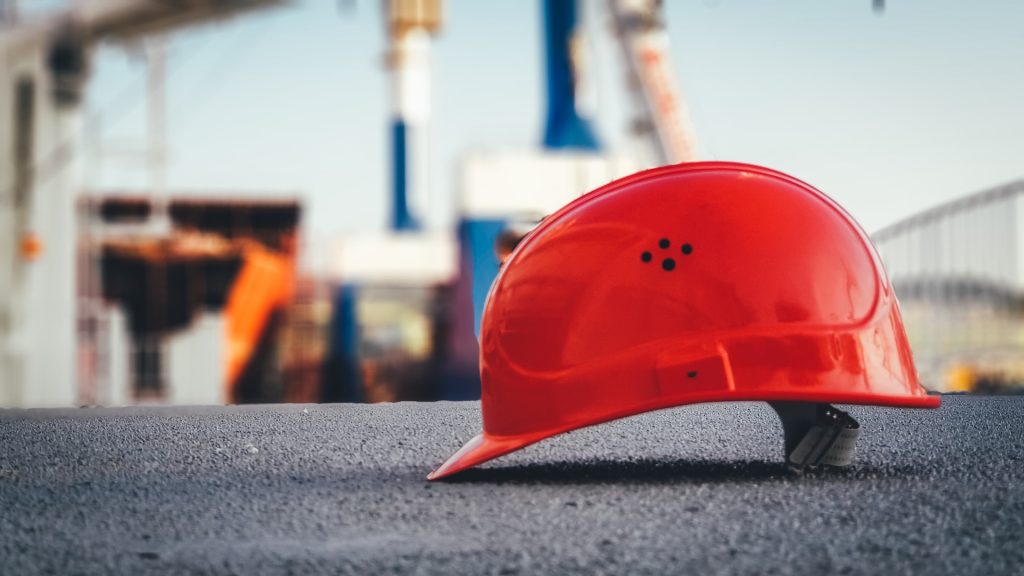When it comes to construction work, safety should always be a top priority. Construction sites can be hazardous places, with numerous risks and potential dangers. Speak to any Phoenix construction accident attorney, and they’ll tell you all about the thousands of accidents that occur on construction sites on every year, many of which could have been prevented with proper precautions. In this blog post, we’ll explore essential safety tips to ensure that everyone working on a construction site stays safe. We’ll discuss practical measures, guidelines, and best practices that are easy to understand and implement.
- Safety Equipment: The First Line of Defense
When you step onto a construction site, you’re entering a zone where safety equipment is your best friend. Here are some must-have safety gear and equipment:- Hard Hats: Protect your head from falling objects or head injuries.
- Steel-Toed Boots: Shield your feet from heavy objects and sharp debris.
- Safety Glasses: Keep your eyes safe from dust, debris, and flying particles.
- Ear Protection: Guard your ears against the deafening noise of machinery.
- Gloves: Prevent cuts, abrasions, and burns while handling materials.
- High-Visibility Vest: Ensure that you’re visible to heavy equipment operators.
- Fall Prevention: Stay Grounded
Falls are one of the most common construction site accidents. To stay safe:- Guardrails: Use guardrails or safety nets to prevent falls from heights.
- Harnesses and Lanyards: When working at heights, always wear a safety harness and connect it to a secure anchor point.
- Regular Inspections: Check scaffolding, ladders, and platforms for stability and integrity.
- Tool Safety: Handle with Care
Hand and power tools are indispensable on a construction site, but they can also be dangerous. Keep these safety tips in mind:- Maintenance: Regularly inspect and maintain your tools to ensure they function correctly.
- Proper Training: Only use tools you have been trained to operate.
- Personal Protective Equipment (PPE): Wear the appropriate PPE when using tools.
- Safety Guards: Ensure that all power tools have safety guards in place.
- Electrical Safety: Zap-Proof Your Work
Electricity is essential, but it’s also a potential hazard on construction sites. To prevent electrical accidents:- Lockout/Tagout Procedures: Follow lockout/tagout procedures when working on electrical equipment.
- Ground Fault Circuit Interrupters (GFCIs): Use GFCIs to prevent electrical shocks.
- Stay Clear of Overhead Lines: Be aware of overhead power lines and maintain a safe distance.
- Material Handling: Lift Smart, Not Hard
Proper material handling is crucial to prevent back injuries and strains:- Use Mechanical Aids: Whenever possible, use equipment like forklifts or cranes to lift heavy materials.
- Proper Lifting Techniques: If you must lift manually, bend your knees, keep your back straight, and use your legs to lift.
- Teamwork: When lifting heavy objects, ask for help from a coworker.
- Fire Safety: Be Prepared for Emergencies
Fire can quickly become a catastrophe on a construction site. Here’s how to prepare:- Fire Extinguishers: Make sure fire extinguishers are readily available and that employees know how to use them.
- Emergency Exits: Keep emergency exits clear and well-marked.
- Fire Drills: Conduct regular fire drills to ensure everyone knows the evacuation plan.
- Proper Signage: Guide and Inform
Clear and effective signage can prevent accidents and confusion:- Warning Signs: Use warning signs to indicate hazardous areas or conditions.
- Directional Signs: Install directional signs to guide workers and visitors.
- Emergency Contact Information: Display emergency contact information prominently.
- Training and Education: Knowledge is Power
Well-informed workers are less likely to get into accidents:- Safety Training: Provide comprehensive safety training to all employees.
- Ongoing Education: Keep workers updated on safety protocols and best practices.
- Tool and Equipment Training: Ensure that employees are trained to use specific tools and equipment safely.
- Communication: Talk the Talk
Effective communication is key to preventing accidents:- Daily Meetings: Hold daily safety meetings to discuss potential hazards and safety measures.
- Reporting: Encourage workers to report any safety concerns immediately.
- Language and Cultural Sensitivity: In diverse work environments, ensure that safety instructions are understood by all.
- Emergency Response: Be Prepared for the Unexpected
Accidents can still happen despite all precautions. Be ready to respond:- First Aid Kits: Have fully stocked first aid kits on site and ensure that designated employees are trained in first aid.
- Emergency Contacts: Maintain a list of emergency contacts and procedures.
- Evacuation Plans: Develop and practice evacuation plans for various scenarios.
Conclusion
Construction sites are dynamic places where safety should never be compromised. By following these simple yet effective safety tips, you can significantly reduce the risk of accidents and injuries on the job. Remember, safety is a shared responsibility, and everyone on the site plays a vital role in ensuring a secure work environment. So, prioritize safety, stay vigilant, and make every day on the construction site accident-free. Your well-being and the well-being of your colleagues depend on it. Stay safe out there!

